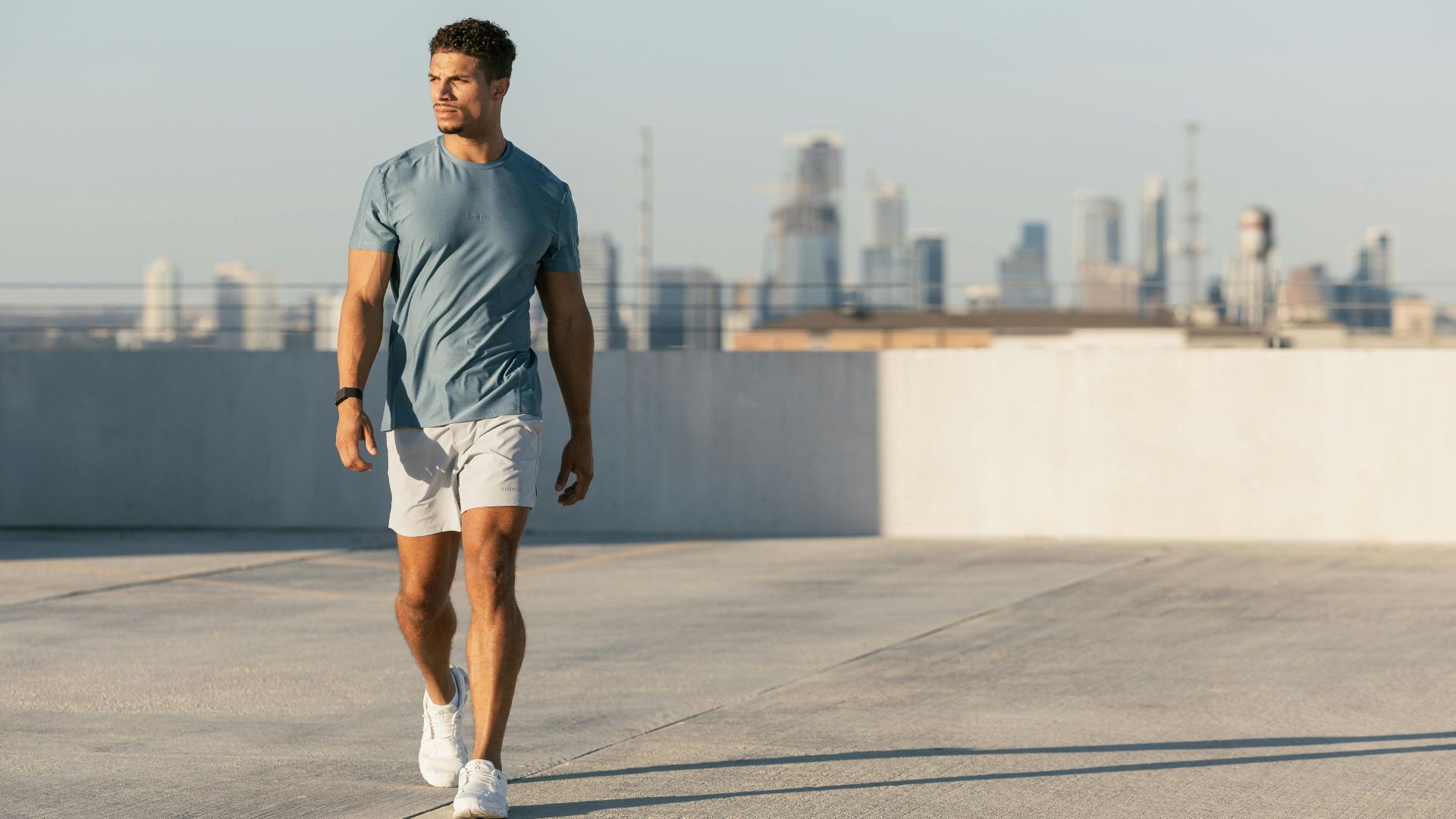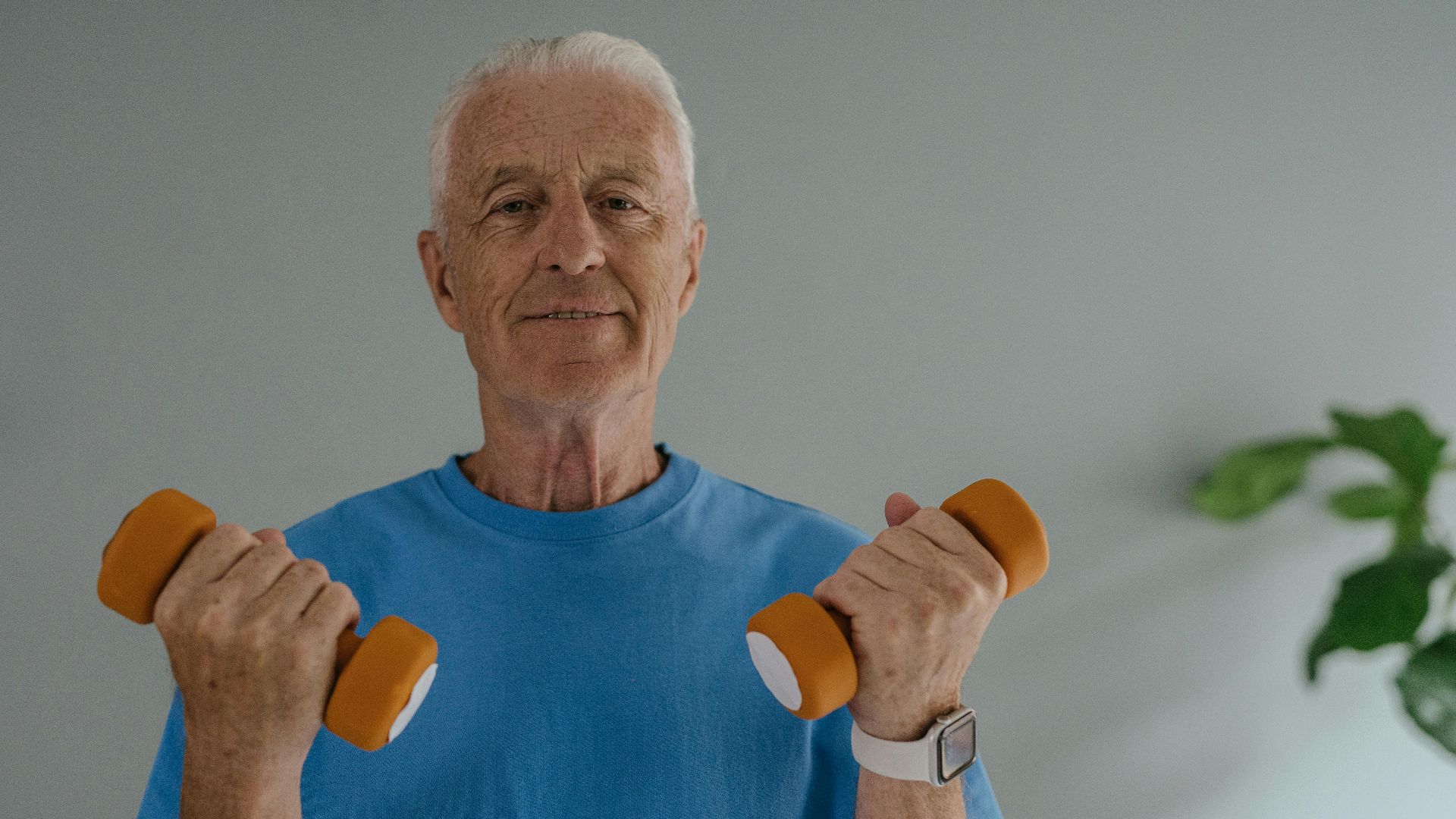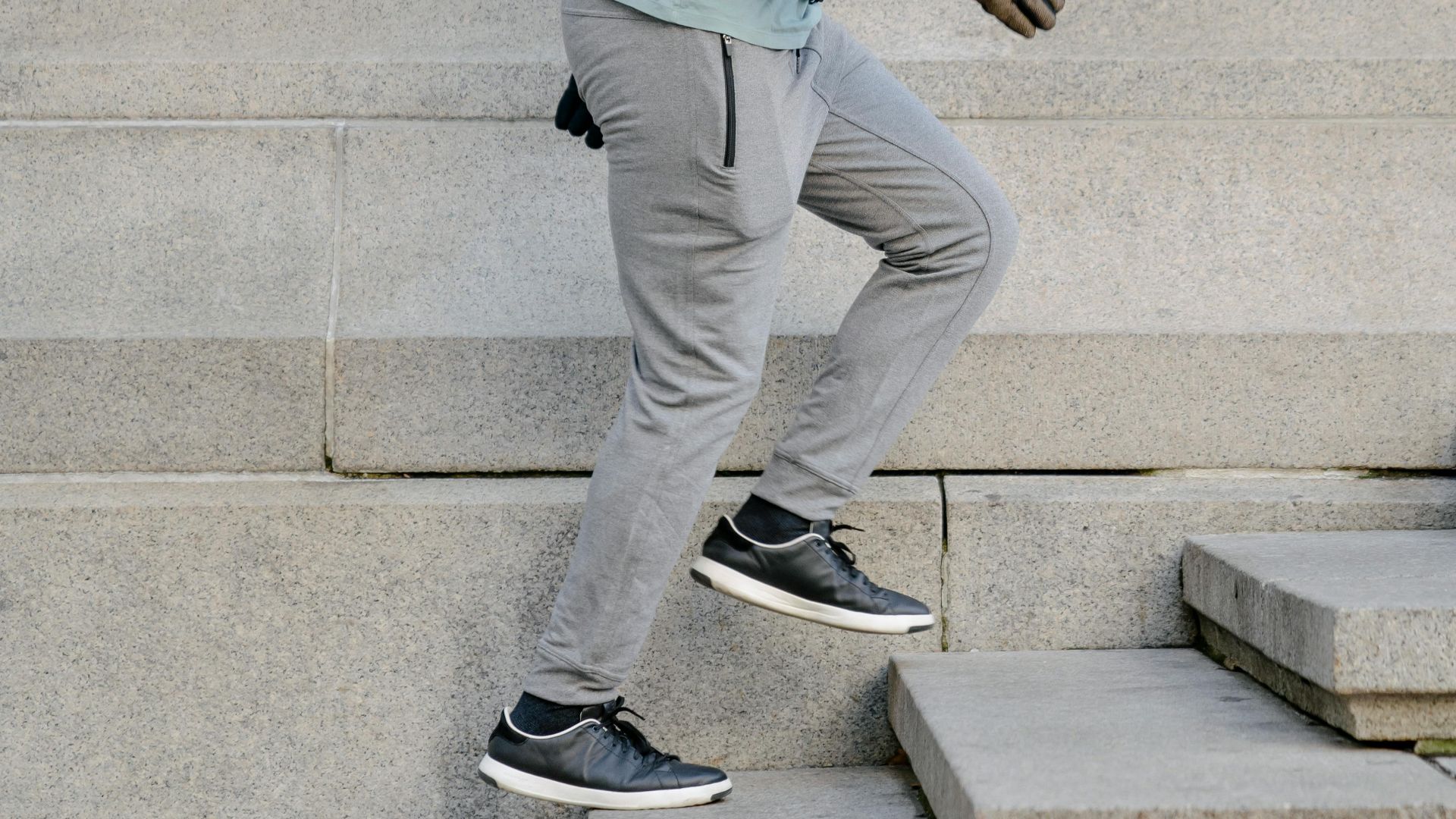Simple Tweaks For Stronger Walks
Walking feels easy, but that doesn't mean you can't make it harder and more powerful. With a few small changes, every stroll can become a real workout. Instead of treating it like background activity, you can use it to boost fitness in surprising ways. In this list, we’ll explore 20 fun methods to upgrade your walks. These tweaks can turn walking into an energizing and effective activity that fits naturally into your daily life.
1. Adding Interval Bursts
Walkers can turn a quiet stroll into a calorie burner by switching gears. A few minutes of fast strides followed by slower recovery keep the heart guessing. This rhythm also helps build stamina, making each walk both dynamic and purposeful.
2. Using Weighted Vests
Add a weighted vest, and walking changes completely. The extra resistance demands a stronger effort from the leg and core muscles. Because the load spreads evenly across the torso, posture improves, and joints stay protected from uneven pressure.
3. Walking Backward
Heading in reverse lights up muscles that are often overlooked in forward strides. Knees and calves get unique engagement, and balance becomes part of the workout. Many discover that backward walking feels surprisingly tough yet energizing, a small shift that completely changes routine effort.
 Walking Backwards improves Walking Forward. by Grown & Healthy
Walking Backwards improves Walking Forward. by Grown & Healthy
4. Choosing Inclines
Hills add natural resistance without requiring faster steps. Glutes, hamstrings, and calves rise to the challenge, and heart rate climbs steadily. Whether it's a sloped street or treadmill incline, this simple choice transforms a light walk into a calorie-burning session.
5. Power Arm Swings
An overlooked technique lies in the arms. Driving them vigorously accelerates the pace while activating the shoulders and chest. Competitive walkers rely heavily on this form. For everyday fitness seekers, exaggerated arm swings make walking sessions stronger and surprisingly more rewarding.
 Learning the Arm Motion for Power Walking | Power Walking by SIKANA English
Learning the Arm Motion for Power Walking | Power Walking by SIKANA English
6. Walking With Plyometric Bursts
Adding short rounds of jump squats, bounding strides, or tuck jumps between blocks instantly ramps up intensity. These explosive moves recruit fast-twitch muscle fibers and build athletic power, making a simple walking route feel like a high-performance training circuit.
7. Increasing Stride Length
A longer stride brings a stretch with each step. Hip flexors loosen, leg muscles lengthen, and pace naturally improves. Walkers often notice that this simple tweak adds intensity without rushing. It's an elegant adjustment, making familiar routes feel more challenging and rewarding.
 PERFECT RUNNING FORM - How to Increase Your Stride Length by James Dunne
PERFECT RUNNING FORM - How to Increase Your Stride Length by James Dunne
8. Practicing Walking Lunges
Lunges while walking target glutes and hamstrings in ways regular steps never do. Each stride becomes power-focused, and the extra challenge for balance creates a strength-training vibe right in the middle of an ordinary walk.
 Walking Lunge by Onnit Academy
Walking Lunge by Onnit Academy
9. Adding Side Steps
Breaking stride with side movements turns sidewalks into training grounds. These steps awaken stabilizing muscles that forward walking skips. Athletes often weave them into conditioning drills, yet they work just as well for casual fitness, bringing agility and a fresh spark of fun.
 How to Do Banded Side Steps Properly by [P]rehab
How to Do Banded Side Steps Properly by [P]rehab
10. Using Resistance Bands
Walking doesn't always need to be hands-free. Resistance bands can turn sidewalks into strength zones by adding presses or squats along the route. With color-coded levels, you can steadily increase intensity while still keeping a natural walking pace in place.
 20 minute Walking & Strength Workout with resistance bands | Seniors, beginners by yes2next
20 minute Walking & Strength Workout with resistance bands | Seniors, beginners by yes2next
11. Walking With Pauses For Pushups
A park bench or low wall turns a casual walk into circuit training. Stopping for pushups along the path strengthens chest and arms while keeping heart rate up. These short breaks keep the walk dynamic and strength-focused throughout.
12. Shadow Boxing While Walking
Throwing jabs or hooks into the air when you're walking creates an upper-body workout that keeps legs moving, too. The motions add calorie burn and relieve tension. Solo walkers use this technique to turn sidewalks into cardio-boxing sessions.
 10 Min Shadow Boxing Workout | Improve Movement And Flow by Spence Crosby
10 Min Shadow Boxing Workout | Improve Movement And Flow by Spence Crosby
13. Speed Walking Sessions
Picking up the pace during a walk transforms calorie burn. Speed walking rivals jogging when it comes to energy demand, and the exaggerated stride builds cardiovascular strength. Watching race walkers hit nearly 9 miles per hour shows just how effective it can be.
 12 Minute Fast Walk | Speed Walking Workout | Daily Workout at home by Get Fit With Rick
12 Minute Fast Walk | Speed Walking Workout | Daily Workout at home by Get Fit With Rick
14. Adding Balance Challenges
Curbs and park logs create playful balance tests mid-walk. Stepping along narrow edges activates stabilizing muscles while teaching better coordination. These simple drills help reduce fall risks and make everyday walks feel like interactive training for both body and mind.
 How To Improve Your Balance - Home Exercises For Balance And Stability by Tone and Tighten
How To Improve Your Balance - Home Exercises For Balance And Stability by Tone and Tighten
15. Carrying Light Dumbbells
Some walkers carry light dumbbells for targeted upper-body sculpting during their stroll. Unlike distributed weight, handheld loads allow for controlled arm exercises like tricep extensions or bicep curls while maintaining walking rhythm. It revives classic "power walking" with the flexibility to vary intensity mid-route.
16. Practicing Stairs Walking
Urban staircases offer intense workouts in disguise. Each climb demands more from glutes, thighs, and lungs than flat ground ever could. Even ten minutes of stairs can equal a gym-level session, which makes them a favorite choice for city fitness enthusiasts.
17. Crawling Breaks Between Walks
Drop into bear crawls or crab walks for a few yards mid-route. These ground-based moves hammer the core, shoulders, and hips in ways walking never does. Alternating between upright strides and crawling bursts makes the workout brutally effective and unconventional.
 5 Legendary Crawling Exercises (Beginner to Advanced) by Strength Side
5 Legendary Crawling Exercises (Beginner to Advanced) by Strength Side
18. Marching Steps
High-knee marching combines posture training with cardio. Raising knees toward the chest wakes up hip flexors and engages the core, making a simple walk feel like a structured drill. Many instructors include this move as a dynamic warm-up before harder routines.
 Practising a High Knee Walk | Nordic Walking by SIKANA English
Practising a High Knee Walk | Nordic Walking by SIKANA English
19. Practicing Walking Squats
Dropping into a squat between steps engages thighs and glutes in powerful bursts. This odd-looking move quickly increases leg strength and calorie use, which is why fitness events sometimes feature it as a playful "duck walk" challenge during endurance activities.
 Monster Walk Squats | Glute Med Strengthening Exercise by Dr. Carl Baird
Monster Walk Squats | Glute Med Strengthening Exercise by Dr. Carl Baird
20. Taking Skipping Intervals
A playful skip weaves energy into ordinary pacing. The bouncing motion boosts heart rate quickly while reinforcing bone strength. Many walkers sprinkle in short skips between blocks or songs, turning fitness into something lighter and more enjoyable.
















